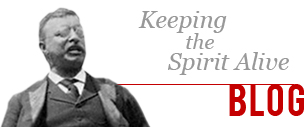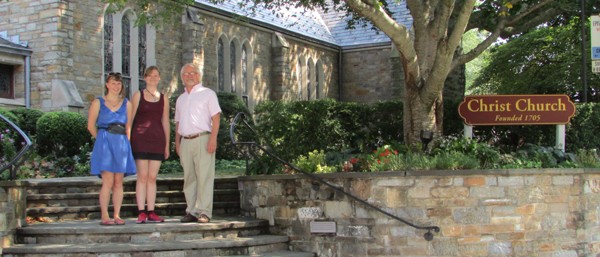
A Dutch View of Roosevelt’s New York
December 31, 2013Posted by: Lisanne Walma Category: Uncategorized(0) CommentsEarly September 2013 I had the pleasure of traveling to New York as part of the Roosevelt Study Center’s Theodore Roosevelt American History Award. Together with my friend Kyra Fastenau I went to New York to receive an exclusive four-day tour of sites meaningful to the Roosevelt family. Laurence Pels of the Theodore Roosevelt Association was our host in Manhattan and Oyster Bay, and David Woolner of the Franklin and Eleanor Roosevelt Institute hosted us in Hyde Park. We got a special tour at the Theodore Roosevelt Memorial Hall at the American Museum of Natural History. Be it knowing all the b ...
Read More »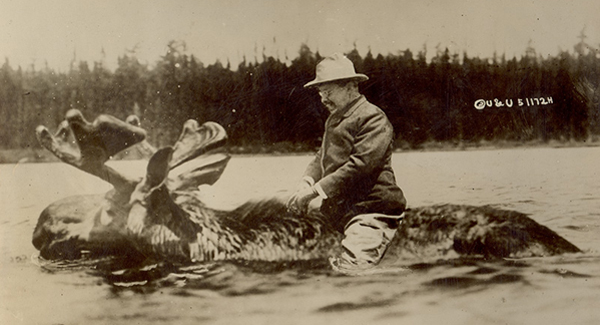
Myths Debunked: Sadly, Theodore Roosevelt never rode a moose
October 20, 2013Posted by: Heather Cole Category: Uncategorized(0) CommentsMany of Theodore Roosevelt’s adventures seem like something out of a tall tale: he survived an assassination attempt; nearly died while exploring the Amazonian jungle; and became the first president to drive a car and fly in a plane; among many others. Despite having been a larger-than-life figure, this is one thing that TR never did: In 1912, TR was campaigning as a promising third party presidential candidate for the newly created Progressive (or Bull Moose) Party. Political cartoons frequently used a moose to illustrate the party’s struggles and flaws, but perhaps none so creatively as a co ...
Read More »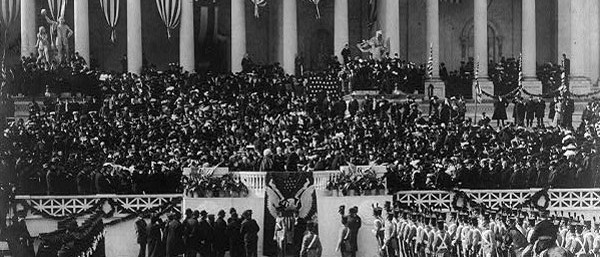
The swearing-in ceremony for Theodore Roosevelt’s second inauguration took place March 4, 1905 on the East Portico of the U.S. Capitol. It was a sunny but exceptionally blustery day, with strong northwest winds whipping throughout the ceremony and the three-and-a-half hour parade that followed down Pennsylvania Avenue. Coat tails, capes, flags and banners were in constant motion. TR’s address lasted about six minutes but few heard the entirety, as the blowing gale casually tossed his words in every direction. Flapping along with every other fabric that day was this “Roosevelt/Fairbanks/1905” r ...
Read More »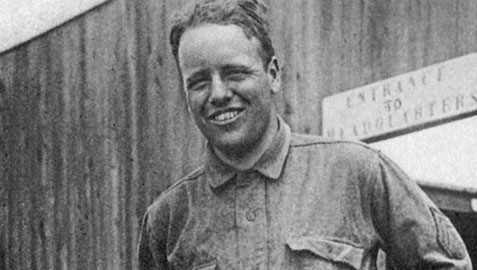
This news may shock you: Quentin Roosevelt is still alive. Not in the corporal sense, of course, but as a strong spiritual life-force, especially in France where he died in aerial combat during World War I. Theodore Roosevelt’s youngest son was piloting an open-cockpit Nieuport bi-plane for the U.S. Army Air Service when a German fighter pilot gunned him down on July 14, 1918 during an intense dogfight over the hamlet of Chaméry, about a hundred miles northeast of Paris. As the centennial of the Great War’s beginning approaches in August 2014, public fascination with this period seems endless. ...
Read More »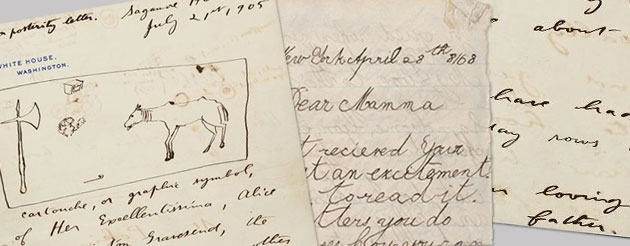
Curating Theodore Roosevelt
July 25, 2013Posted by: Heather Cole Category: Uncategorized(0) CommentsLast July, I happily took on a new role as Curator of the Theodore Roosevelt Collection at Harvard. Our collection is a major resource for the study of Theodore Roosevelt and the Progressive Era. Containing books, manuscripts, thousands of photographs, political cartoons, scrapbooks, political memorabilia, ephemera, and countless other items, the collection rewards those willing to dig into its vast depths looking for information. After a year working with the collection, I still feel as if I’ve only skimmed the surface. Luckily, I receive daily opportunities to explore the collection, in the ...
Read More »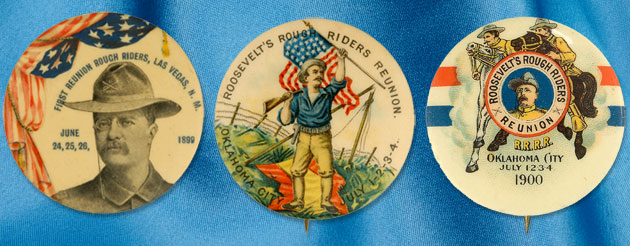
Artifacts of the First Two Rough Rider Reunions 1899-1900
July 07, 2013Posted by: Ted Hake Category: Material culture, Rough Riders, Spanish-American War(1) CommentThe Rough Riders—those who survived Spanish bullets and disease—were quarantined at the end of the Spanish-American War at Camp Wykoff [Wyckoff] on Montauk, Long Island, N.Y. Those who had remained in Florida due to lack of transport to Cuba arrived by train August 10, 1898, and those who fought in Cuba returned via the ship Miami on August 14. Before mustering out September 15, they organized the Rough Riders Association, with Alexander O. Brodie elected as president and plans made for the first reunion to coincide with the anniversary of the Battle of Las Guasimas. As many members of the 1st ...
Read More »
Theodore Roosevelt and the Web 2.0 World
July 07, 2013Posted by: Tweed Roosevelt Category: TR and the media(0) CommentsAs a prolific writer, energetic speaker and naturally gregarious person, Theodore Roosevelt used the social media of his day expertly, and if he were alive today he would almost certainly be an early adopter and proficient user of Facebook, Twitter, LinkedIn, Tumblr, Google+, Pinterest and whatever new and great public engagement platform comes along. TR realized very early on that communicating with the public, especially voters, would be critical if he were to be elected and push through the policies he espoused. Perhaps he understood this so well because he was not like most politicians of ...
Read More »